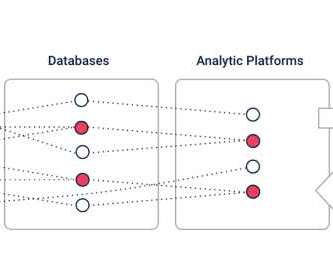How to Pinpoint Where Your Organization Wins (and Loses) with Data
CIO Business Intelligence
NOVEMBER 29, 2022
Here, I’ll highlight the where and why of these important “data integration points” that are key determinants of success in an organization’s data and analytics strategy. Layering technology on the overall data architecture introduces more complexity. Data and cloud strategy must align.













Let's personalize your content